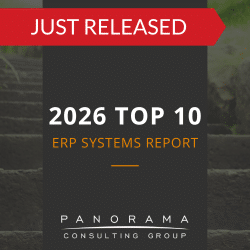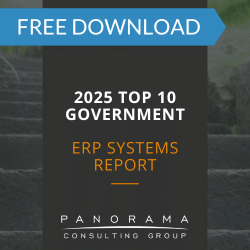The organizational change management practice area at Panorama Consulting Group presents many opportunities to work with different clients. One of the most exciting aspects of my position is the diversity that comes with each new client.
Through these client experiences I have found one thing to ring true, no two clients are the same. Each client has different needs and even different learning styles. So how is it possible to accommodate to all these distinctive and ever changing needs? By becoming a Change Management Chameleon!
Being a Change Management Chameleon means adapting your usual tool-set to meet the needs of individual clients.
Tips for Becoming a Change Management Chameleon
- Get a feel for the client’s learning style. It’s important to cater your communications to fit people’s needs, not only from client to client, but also from department to department.
- Listen to your client. Keep an open mind when determining the appropriate tool-set. What has worked for one client might be completely off-target this time around.
- Learn their terminology and use it! Know your audience and the field they represent. For example, if you are working at a non-profit then don’t call their donor representatives “sales people.”
- Maximize face time. Don’t communicate solely by email. Maximize face time to learn as much as you can about individuals, and how they interact.
Being a Change Management Chameleon is an important aspect of catering to your client’s needs. The more you can speak their language and adapt to their way of business, the more successful your own tool-set will become.
Click to learn more about Panorama’s organizational change management service offering.
Blog entry written by Jacqueline Gardner, a Senior ERP Consultant at Panorama Consulting Group.













